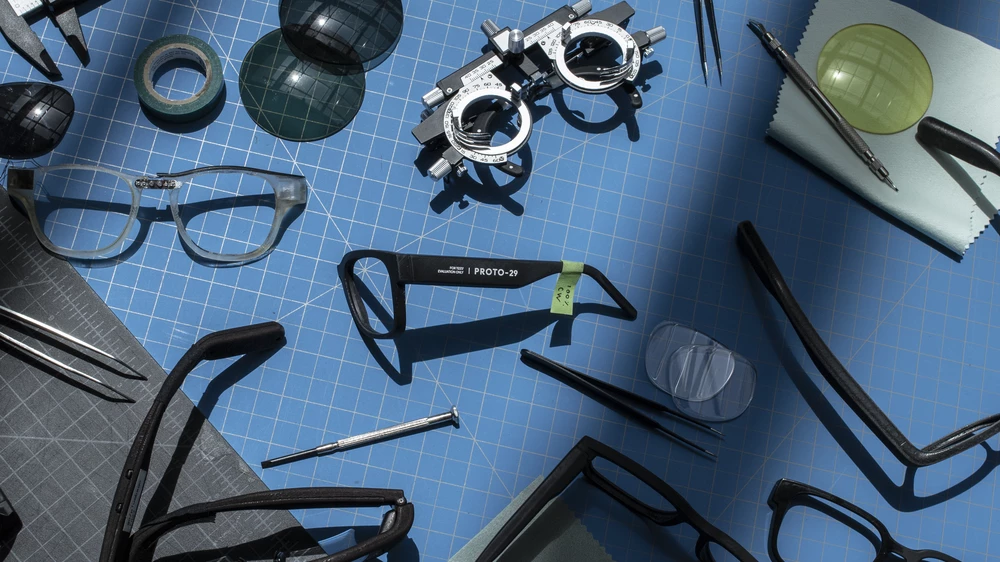Seven years after the death knell was sounded for Google Glass, the tech giant is returning to the well of augmented reality to produce another set of smart eyewear. Promising that "it's early, and we want to get this right, so we’re taking it slow," the company is now preparing its new prototype AR glasses for public trials to ascertain their real-world potential.
Google has actually been developing this new set of AR glasses for a little while, and back in May offered a glimpse of its progress so far. A video shared by the company showed the eyewear being used to translate voice-to-text in real time and projecting that onto the wearer's view, helping them understand speech in other languages.

The scope of the new AR glasses may extend well beyond that, however. Google says there are limits to what it can learn from testing the glasses in a laboratory setting, and to offer functionality such as AR-guided navigation it needs real-world factors like weather and traffic to be taken into account.
The move will also help Google understand how they might be used in the real world. The glasses will feature in-lens displays, microphones and cameras, but won't be used to collect photos and videos, the company insists. Rather, that onboard hardware will be used for things like menu translations or to offer directions to a cafe nearby.
To begin with, these glasses will be publicly trialed by a handful of Google staff and selected testers, with the program to kick off next month.
You can check out the previous video on voice-to-text translation below.
Source: Google




